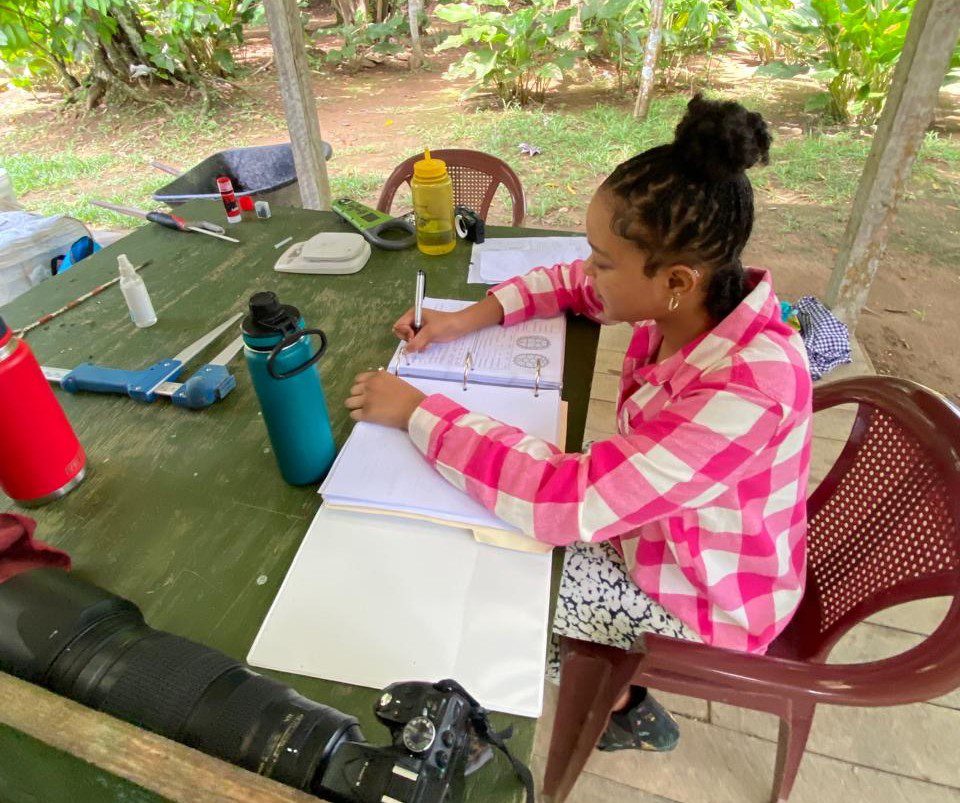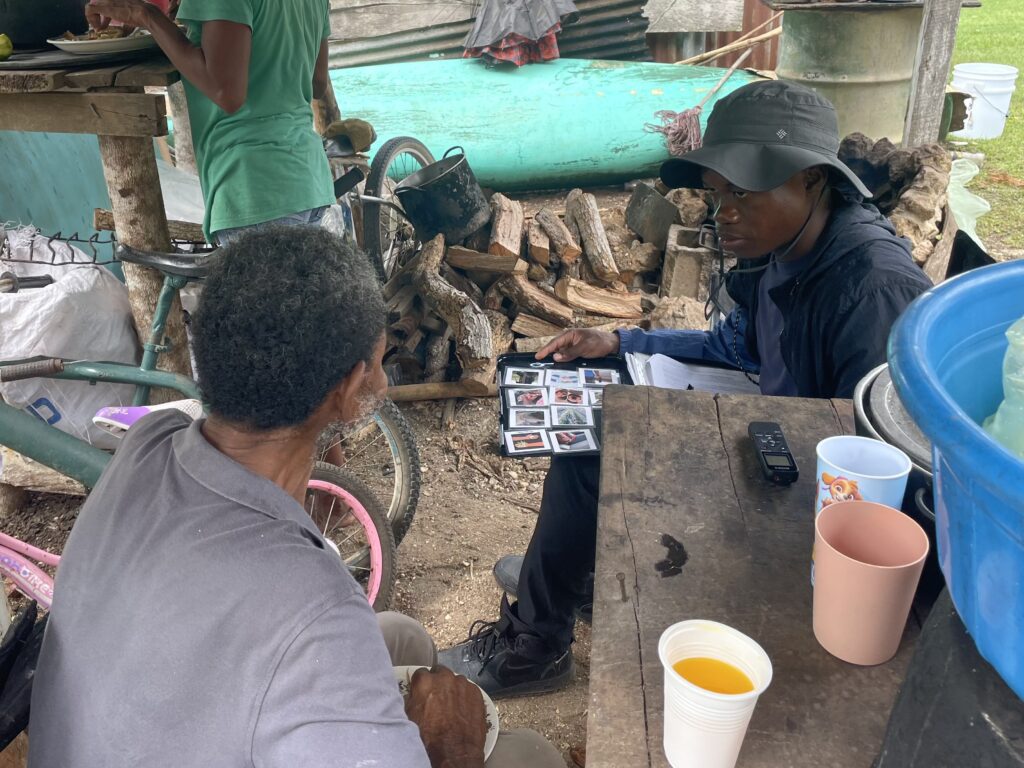dermatemys mawii
Volunteering at BFREE
By Kiyana Reynolds Volunteering with the North American Freshwater Turtle Research Group (NAFTRG) at BFREE was a truly life-changing experience that deepened my love for nature and strengthened my commitment to conservation. From the moment I arrived, the BFREE team was incredibly welcoming, creating an atmosphere of support, curiosity, and shared purpose. The journey to…
Read MoreScaling-Up Local Stewardship: A Summer of Listening, Learning, and Advancing Freshwater Conservation in Belize
By Jaren Serano, Dermatemys (Hicatee) Social Scientist During my work as Dermatemys (Hicatee) Program Coordinator, I focused on ensuring the Conservation and Management Plan for the Hicatee turtle was finalized and approved by stakeholders including the Belize Government. Through this process, I became particularly interested in the human dimensions of the conservation program for the…
Read MoreCelebrating the 8th Annual Hicatee Awareness Month
Hicatee Awareness Month began in 2017 to draw attention to the status of Belize’s only critically endangered reptile, the Central American River Turtle locally called “Hicatee”. Eight years later, BFREE and our NGO international and local partners including Turtle Survival Alliance, Zoo New England, Belize Wildlife Referral Clinic, WCS Belize, Community Baboon Sanctuary and Savannah…
Read MoreStudent Advocate Workshops for Earth Day
As part of Earth Day festivities, Heather Barrett, Deputy Director, and Jaren Serano, Dermatemys Program Coordinator with the support of Wildlife Education Fellow, Samih Young, delivered workshops at Sacred Heart Junior College and University of Belize. Over 60 students in Natural Resource Management and Biology as well as four educators participated in the workshops held…
Read MoreDisney Conservation Hero – Thomas Pop
BFREE and our international partner in turtle conservation, Turtle Survival Alliance (TSA), are extremely proud to announce that Thomas Pop, manager of the Hicatee Conservation and Research Center was chosen as a Disney Conservation Hero. Tom has been recognized for over twelve years of tireless efforts to conserve the critically endangered Central American River Turtle,…
Read MoreHicatee Awareness Month Outreach Programs
The start of this October marked the beginning of the 7th annual Hicatee Awareness Month campaign. Kicking off this initiative, Barney Hall and I embarked on a journey to the western part of Belize, focusing our efforts on regions notorious for the harvesting of Hicatee turtles for consumption. Our initial step involved seeking permission from…
Read MoreFinding Hope Amidst the Loss
A memory that is deeply lodged inside my brain – me, at the age of ten, navigating a trail behind my house winding through the lush broadleaf forests to the purpose of my being, the Belize River. A river that is deep and wide, created by two rivers colliding into one another. My heart pounds…
Read MoreJaren Serano returns to BFREE as Dermatemys Program Coordinator
By Jaren Serano During my first stint at BFREE, I had the privilege of witnessing the positive impact that organizations like this have on land conservation, wildlife protection, and the conservation efforts among the local communities in Belize. When I joined as BFREE’s first Science and Education Fellow in 2017, I was immediately drawn to…
Read MoreBillboards installed across Belize share a very important message, Save the Hicatee.
By Robynn Phillips, BFREE Engagement and Communications Coordinator BFREE, our committed partnering organizations and this year’s Hicatee Awareness Month Planning Committee are excited to announce that two (2) billboards have been strategically installed along Belize’s Western Highway. The billboards were printed and installed by Big Signs Belize at the following locations: Mile 47, George Price…
Read MoreRe-wilding Hicatee into Belize’s rivers
BFREE, with the help of our dedicated partners, implemented three (3) separate Hicatee turtle release events for 2022. The first release event was conducted on the 1st of April 2022 when fifty-five (55) juveniles and hatchlings were released into a river in north central Belize. The release was done by BFREE’s Tom Pop and Jonathan…
Read More


